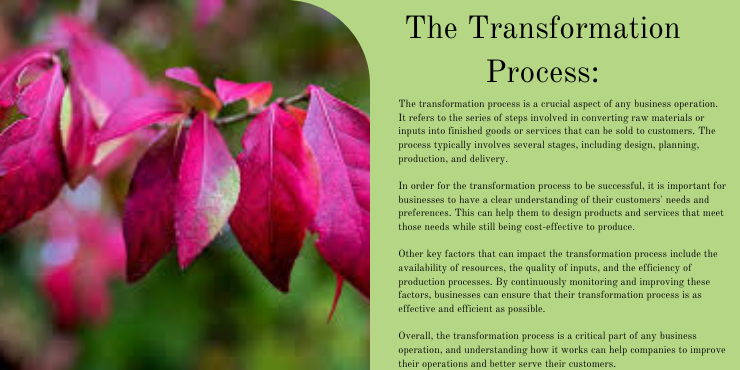When do burning bushes turn red?
When do burning bushes turn red in the fall season, usually around September or October? The change in color is due to a natural process called anthocyanin pigmentation, which is triggered by cooler temperatures and shorter days. The vibrant red color is a stunning sight to see and is often used in landscaping to add a pop of color to gardens and yards. Burning bushes are also known for their ability to grow in a variety of conditions, making them a popular choice for those looking for a low-maintenance plant. So if you’re looking to add some color to your garden in the fall, consider planting a burning bush.
Introduction:
Nature has a remarkable way of captivating our senses, and one such spectacle that never fails to mesmerize us is the vibrant transformation of burning bushes. These shrubs, known by their scientific name Euonymus alatus, undergo a stunning metamorphosis, turning from a lush green to a fiery red that ignites landscapes with autumnal brilliance. In this article, we delve into the intriguing question: When do burning bushes turn red?
Understanding the Burning Bush:

Before we uncover the specific timing of this captivating transformation, let’s acquaint ourselves with the burning bush itself. Euonymus alatus, commonly referred to as the burning bush or winged euonymus, is a deciduous shrub native to East Asia. Its distinctive feature lies in the wing-like protrusions along its stems, which become particularly pronounced during the fall season.
Varieties of Burning Bushes:
It’s essential to note that different varieties of burning bushes may exhibit slight variations in the timing and intensity of their color change. Some varieties may turn red earlier or later than others, providing an extended period of visual delight in your garden.
The Transformation Process:

The magical transition of burning bushes from green to red is a consequence of the changing seasons and the intricate biological processes within the plant. While the exact timing may vary based on factors like climate and local conditions, the general rule is that the spectacular color change occurs during the fall months.
Environmental Factors:
The timing of the color change is intricately linked to environmental factors. In regions with milder climates, the transformation may begin later, while colder climates may experience an earlier onset. Adequate sunlight during the growing season and well-drained soil also contribute to the optimal development of these shrubs.
Autumnal Splendor:
As summer fades into fall, the days gradually shorten, and temperatures begin to drop. These environmental cues trigger a series of physiological responses in the burning bush. Chlorophyll, the green pigment responsible for photosynthesis, starts to break down and dissipate. As chlorophyll recedes, other pigments that were previously masked come to the forefront.
Anthocyanins Take Center Stage:

The vivid red hues of the burning bush are primarily attributed to a group of pigments called anthocyanins. These compounds, present in various plant tissues, are responsible for the red, purple, and blue colors observed in many autumn leaves. In the case of burning bushes, the presence of anthocyanins intensifies as chlorophyll fades away, creating a breathtaking display of red foliage.
Timing the Transition:

The specific timing of when burning bushes turn red can vary depending on geographical location and climate. In regions with distinct seasons, you can expect this enchanting transformation to begin in late summer and reach its peak in the early to mid-fall months. However, in milder climates, the process may unfold more gradually, with the red hues appearing later in the season.
Cultural Significance:
Beyond its botanical marvel, the burning bush holds cultural and symbolic significance in various traditions. In Christianity, the burning bush is a symbol of divine presence, drawing inspiration from the biblical story of Moses and the burning bush. The vibrant red foliage serves as a metaphor for spiritual awakening and transformation.
Conclusion:
The spectacle of burning bushes transforming into a sea of red is a testament to the beauty and resilience of nature. As autumn unfolds, these shrubs paint the landscape with warm hues, inviting us to appreciate the intricacies of the changing seasons. So, the next time you find yourself surrounded by the mesmerizing red glow of a burning bush, take a moment to marvel at the harmonious dance between nature’s elements and embrace the magic of the fall season.
FAQ:
Q1: Can burning bushes turn red at different times in the same location? A1: Yes, the timing of the color change can vary among different varieties of burning bushes, even when planted in the same location.
Q2: Do burning bushes require special care to maintain their vibrant red color? A2: While burning bushes are relatively low-maintenance, ensuring they receive adequate sunlight, well-drained soil, and occasional pruning can enhance and prolong the intensity of their red color.
Q3: Can burning bushes thrive in any climate? A3: While burning bushes are adaptable, their optimal growth and color development occur in regions with a temperate climate. Extreme cold or heat may affect their overall health and vibrancy.


